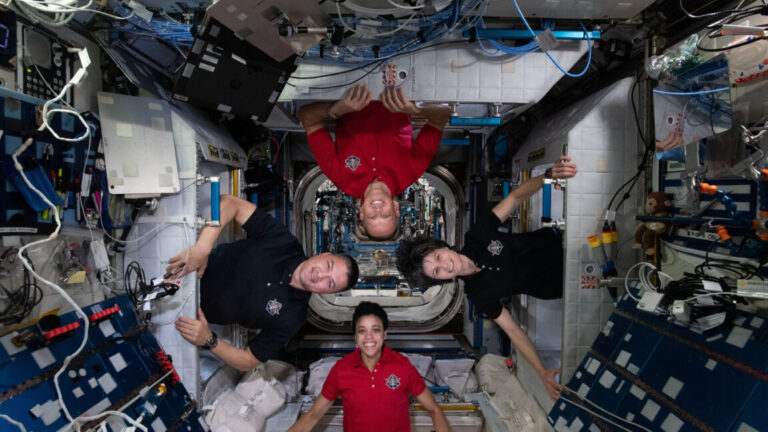“One environment more similar to the ISS was the isolation dormitory on the UCSD campus during the Covid-19 pandemic. All surfaces were continuously sterilized, so the microbial signatures will be erased by the time others appear,” Benitez said. Therefore, one of the first solutions to the issue of ISS microbial diversity proposed by him and his colleagues was that they should probably make it easier for them to sterilize the stations.
“While the widespread use of disinfectant chemicals may not be the best approach to maintaining a healthy microbial environment, there is a lot of research to be done,” Benitez said.
Space First Garden
He suggested that introducing microorganisms beneficial to human health may be better than constantly struggling to wipe out all the microorganisms at the station. And while some modules there need to be sterilized, some beneficial microorganisms can be kept alive by designing future spacecrafts in a way that explains how microorganisms spread.
“We found that microorganisms in modules that have little human activity tend to stay in these modules without diffusing. If there is high human activity in modules, the microorganisms spread to adjacent modules,” Zhao said. She said that a spaceship can design modules with high human activity at one end and modules with little or no human activity at the other end, so busy modules do not contaminate anything that needs to remain sterile. “Of course, we’re talking as microbiologists and chemists. Perhaps spacecraft engineers have a more pressing reason to put certain modules in a particular location,” says Zhao. “These are just preliminary ideas.”
But what about deep space missions to Mars and other destinations in the solar system? Do you want to carefully design the microbial composition beforehand, plant microorganisms in spacecraft, and hope that this artificial closed ecosystem will work for years without intervention from Earth?
“I’d take a more holistic ecological approach,” Benitez said. He imagines that in the future we could build spacecraft and space stations with microorganisms that interact with plants, pollinators and animals to create a balanced, self-supporting ecosystem. “We need to think about not only about astronauts and the machines we need to function, but about all the other life forms that we need to send along with them,” Benitez said.
Cell, 2025. doi: 10.1016/j.cell.2025.01.039


